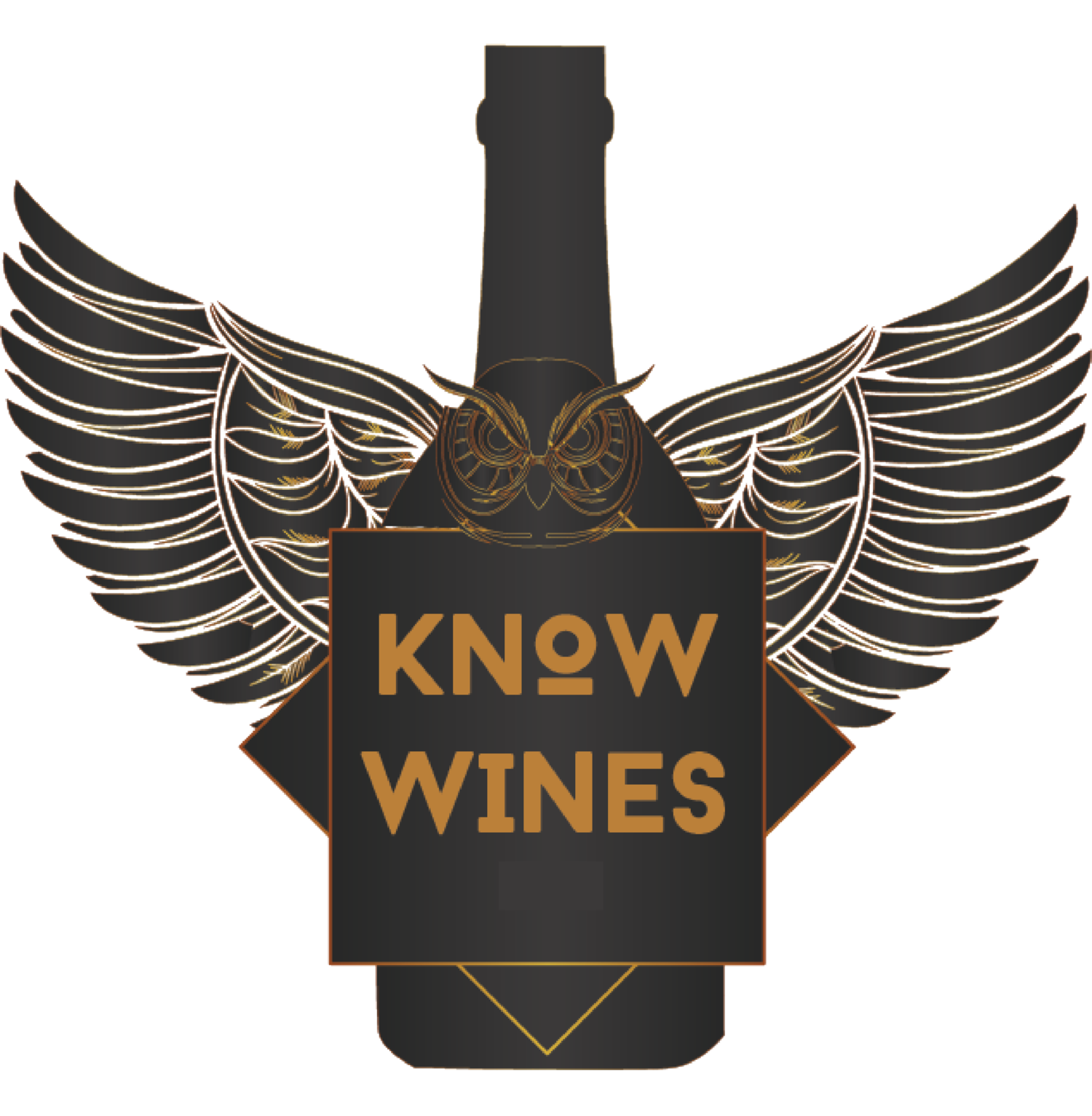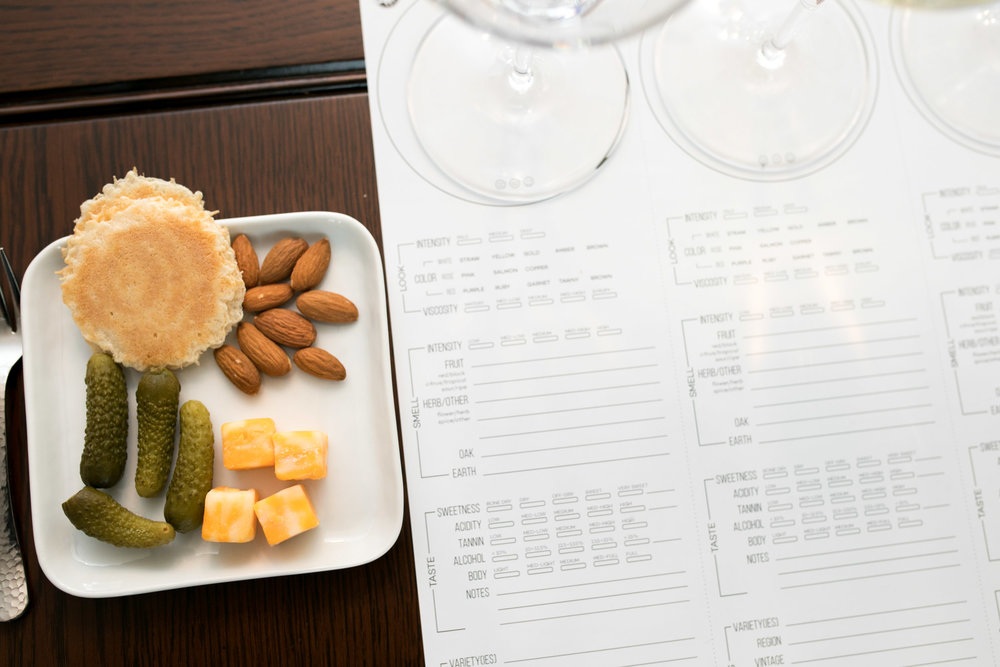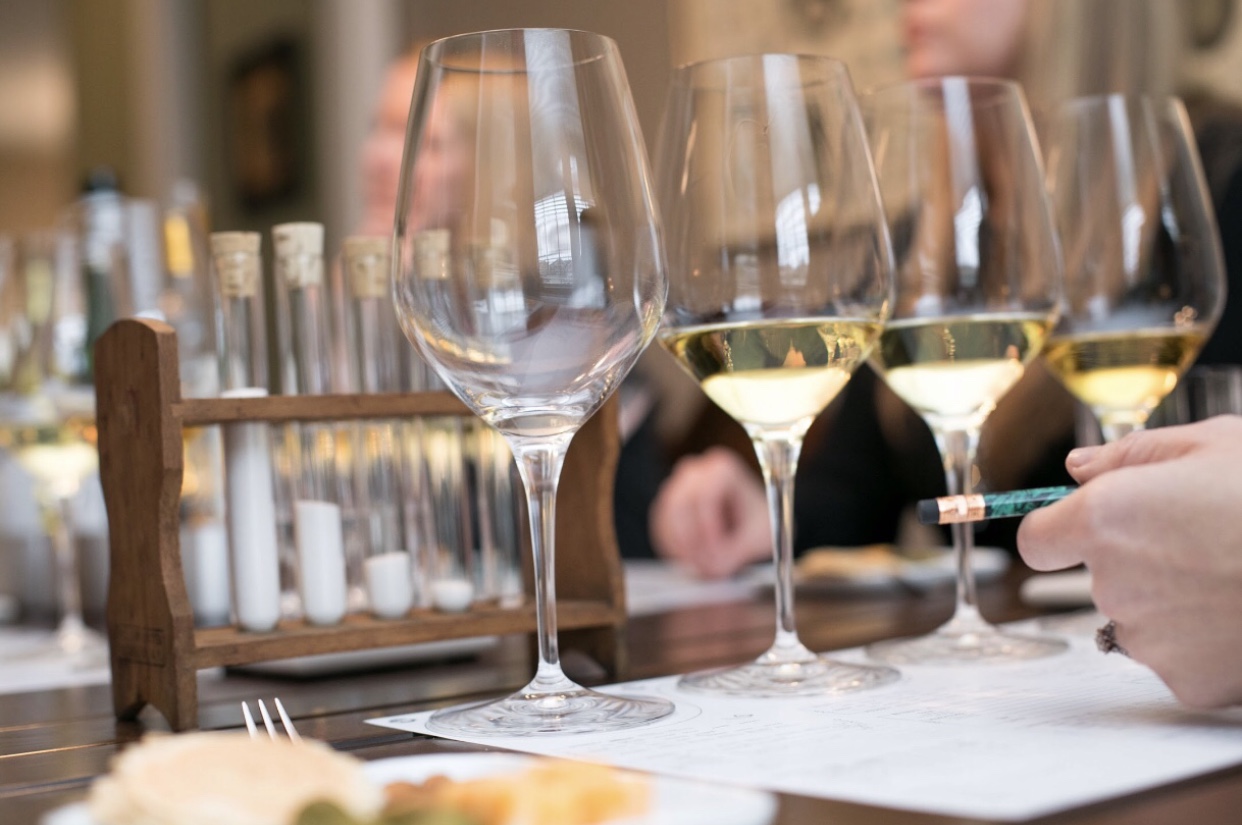You can download a wine grid from global organizations like WSET or buy one like this from www.winefolly.com
If you’re ready to get intimate with wine, to really experience its complexity and find the vocabulary with which to express that complexity, a wine grid is essential. A grid like the one we use at KnowWines is a visual guide for understanding the wine in your glass. This is a professional wine taster’s tool, but it’s also a tool that can make understanding great wine a more accessible task for any wine consumer.
Why a wine grid?
In today’s society, taste and smell - perhaps because they require more time and attention - are underutilized. Instead, we tend to focus on the senses that offer more immediate gratification, like the visuals of a popular new film or YouTube video, the touch of our slick smartphones, or the sound of new music and ringtones. In contrast, aroma and taste are slightly more complex senses, and thus, it may be harder for some people to articulate their experiences with them. Professional wine tasters, however, are well-versed in these senses, and that’s because they’ve taught themselves to experience wine differently than most wine consumers and can anticipate what a wine tastes like. They utilize a tasting grid as a road map, which is a classification system to identify and make associations between wines and their characteristics. By tasting different types of wine, paying close attention to their qualities, and comparing those qualities on the grid, they build a framework and knowledge for understanding the nuances of great wine. It’s also a great idea to enter your tasting notes in a personalized journal while you’re tasting wines, as a reference for future wine purchases.
Would you like some mushroom with that Malbec?
Here’s a sampling of the vocabulary you’ll find a wine tasting grid:
A wine with a “microbial” aroma might have notes of mushroom, sourdough, or butter.
Qualities of aged wine might include hints of leather, tobacco, dried fruit, or coffee.
Wine with a strong floral nose may have hints of elderflower, honeysuckle, rose, or lavender.
A wine with vegetal qualities may encompass sun-dried tomato, grass, or bell pepper.
How exactly does the wine grid work?
The grid breaks the wine down into parts: the wine’s visual qualities, it’s aroma (or “nose”), and it’s structure. For those of us who fall short of words when trying to describe wines (and let’s face it, most of us do), a grid provides the necessary vocabulary. For example, when describing a wine’s visual qualities, you may consider its clarity (is it clear, hazy, murky, or bubbly?) and its color (is a red wine more ruby or more purple?). Next, you’ll consider the wine’s aroma. Here, the grid offers a poetic array of taste and aroma descriptors, from spice (thyme? mint? eucalyptus?) to oak (vanilla? cigar box?) to citrus (marmalade or grapefruit?). Then, you’ll consider the wine’s structure. This is a bit more advanced, but it’s a category of wine knowledge made more accessible by the grid. In this category, you’ll consider the wine’s level of sweetness (is it bone dry or very sweet?) and it’s level of tannin (does it contain more wood or more grape?). Over time, your combined understanding of these elements in wine will help you to more easily identify the region a wine comes from and how it was made. And, most importantly, the grid helps you understand which wines you love and where to find them.
Will a wine grid work for me?
Once you learn how to use it, absolutely! This grid incorporates the key concepts of tasting grids and is an approachable tool for novices and enthusiasts alike. Tasting grids take the mystery out of wine lingo by offering step-by-step documentation of your sensory experience to share with others in lively discussion. So, not only do you get to share your experiences with others, you’ll also end up with a record of what you tasted that can guide your future wine-buying efforts. With time, you’ll be able to review wines - from Syrahs to Cabs - with confidence. Then, you can recommend your favorites to friends!
Cheers!


